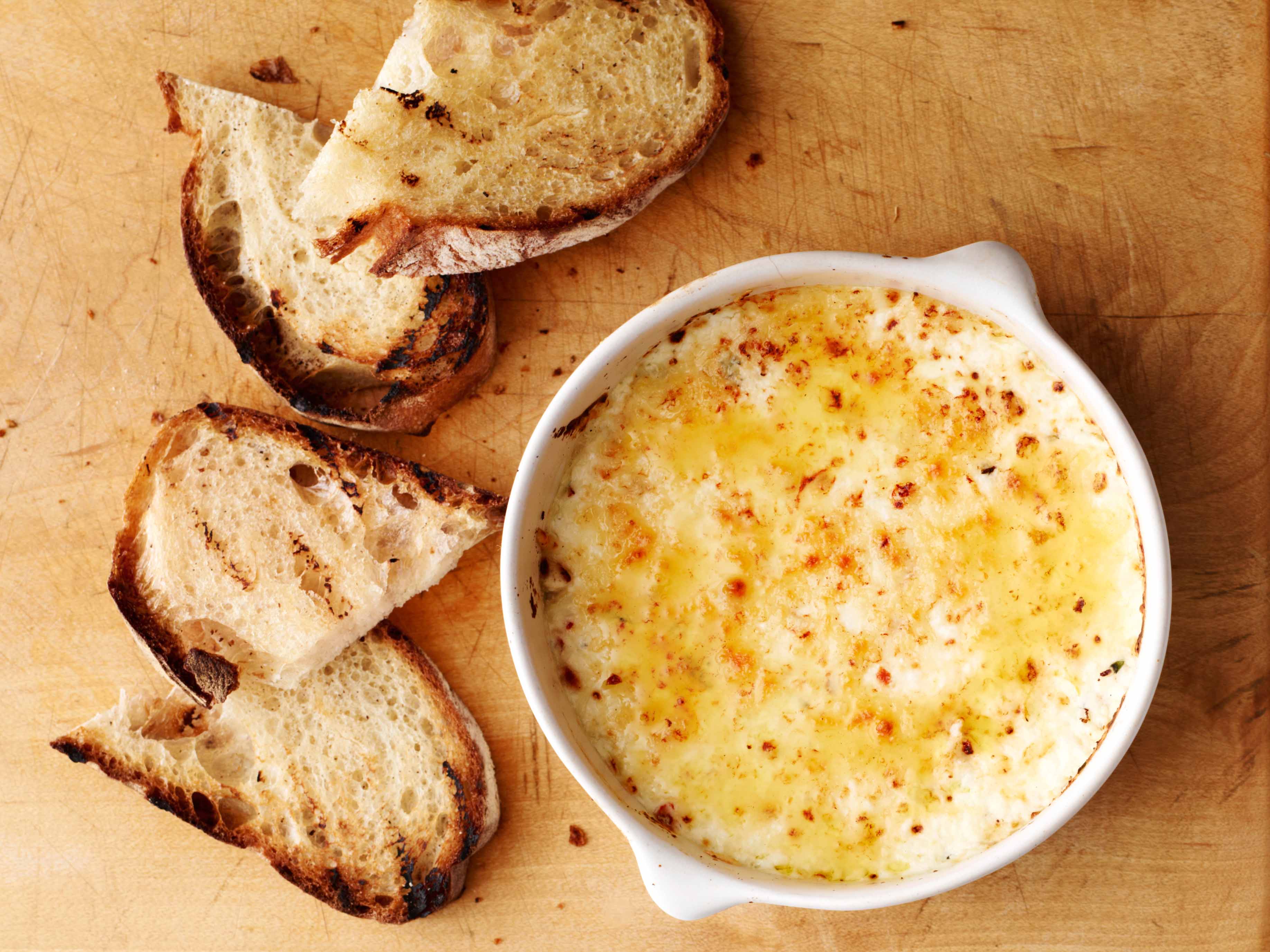In the Kitchen with: Michael Solomonov
"I'm an apron guy," says Michael Solomonov, dismissing the offer of a chef's coat and folding back his cuffs to reveal a new pomegranate tattoo. This approachable attitude extends to the recipes in the James Beard Award winner's new book, Zahav: A World of Israeli Cooking. Not only does it showcase the elevated Middle Eastern classics he serves at his restaurant by the same name (his Crispy Halloumi with Dates, Walnuts and Apples is legendary), but it also includes the casual, feel-good food he feeds his family and friends at home. Case in point: the Shakshouka Solomonov whipped up for us during a recent visit to Food Network Kitchen. "It's fun to eat in large groups, and it's easy to make," he explains of the popular dish of eggs poached in tomato stew. In Solomonov's version, the vegetables play as important a role as the protein. Here's how he does it.
Photography by Heather Ramsdell











































